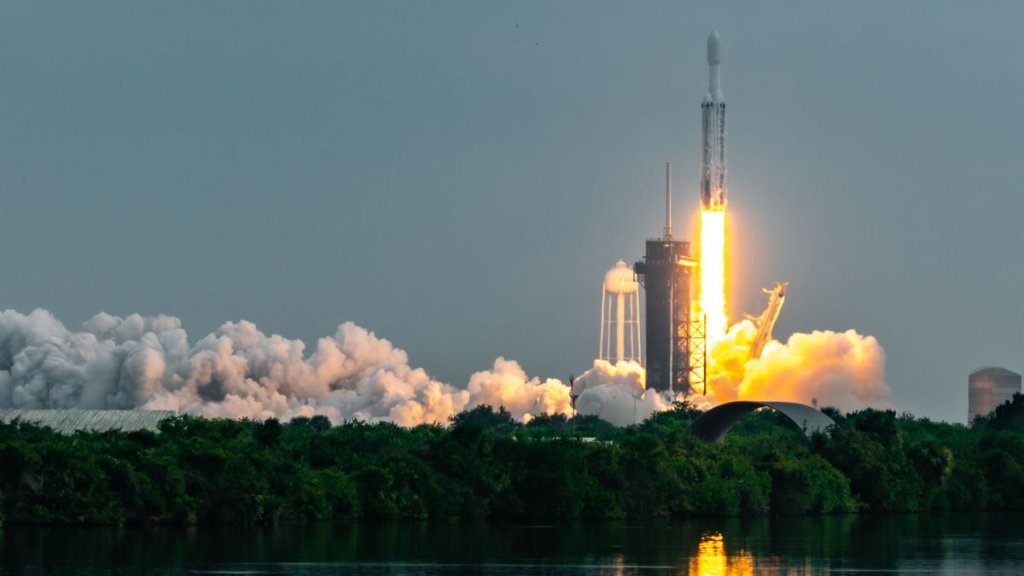SpaceX intends to boost its unprecedented launch cadence to dizzying new heights.
Elon Musk‘s company has already launched 74 orbital missions in 2023, more than any private outfit ever has in a single year. (The previous record was 61, set by SpaceX in 2022.) But these next 2.5 months should see even more spaceflight action.
“This year, we’re going to attempt to fly 100 flights,” Bill Gerstenmaier, the vice president of build and flight reliability at SpaceX, said on Wednesday (Oct. 18) during a hearing of the U.S. Senate’s Subcommittee on Space and Science.
“As we look to next year, we want to increase that flight rate to about 12 flights per month, or 144 flights,” he added during the hearing, which was called “Promoting Safety, Innovation and Competitiveness in U.S. Commercial Human Space Activities.”
Related: 8 ways that SpaceX has transformed spaceflight
Hitting the century mark this year would require a significant ramp-up in launch cadence, from one mission every 3.9 days to one every 2.8 days.
But SpaceX is certainly capable of meeting that latter number. The company has launched two missions in a single day multiple times; this past March, for example, it sent two of its Falcon 9 rockets skyward less than 4.5 hours apart.
And SpaceX has no shortage of payloads waiting to go up. The company is building out its Starlink internet-satellite megaconstellation, which currently consists of about 5,000 operational satellites. But SpaceX has permission to deploy 12,000 Starlink satellites, and the company has applied for approval for another 30,000 spacecraft on top of that.
About 60% of SpaceX’s launches in 2023 have been dedicated Starlink missions.
The vast majority of SpaceX’s orbital missions to date have been flown by its workhorse Falcon 9 rocket, with its powerful Falcon Heavy taking care of the others. (The Heavy has eight launches under its belt, four of which have occurred this year.)
But SpaceX is working on a successor to those proven rockets — the giant Starship, which is designed to be fully and rapidly reusable (in contrast to the Falcon 9 and Falcon Heavy, whose upper stages are expendable).
Starship, the biggest and most powerful rocket ever built, will make Mars settlement and other bold exploration feats economically feasible, Musk has said. SpaceX has launched one mission with Starship to date, a test flight on April 20 of this year that ended in a controlled detonation when the vehicle experienced several problems shortly after liftoff.
SpaceX is currently gearing up for Starship’s second-ever test flight. During Wednesday’s hearing, Gerstenmaier said that the vehicle has been ready to launch for more than a month, but SpaceX is still waiting for a launch license from the U.S. Federal Aviation Administration.
Sen. Ted Cruz (R-Texas) decried the “bureaucratic red tape” that’s keeping Starship groundbound at the moment. Gerstenmaier voiced similar sentiments, stressing that frequent test flights, and frequent design iterations based on analyses of those flights, are key tenets of SpaceX’s development strategy.
“It’s a shame when our hardware is ready to fly and we’re not able to go fly because of regulations or re-review,” Gerstenmaier said. “We need to be safe, we need to protect the environment; we don’t dismiss those. But we need to fly at the fastest pace that we can do hardware development to do this active development process and this test flight experience that we’ve described.”

